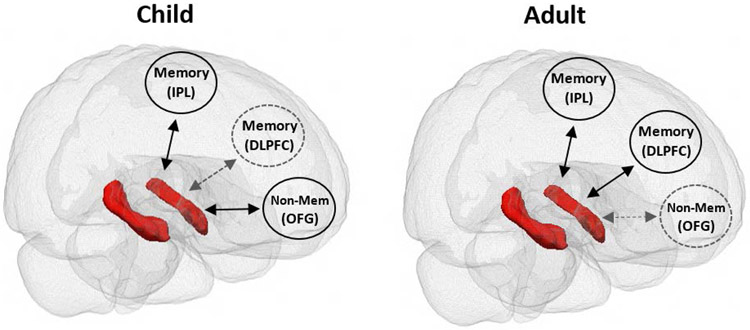Figure 4. Depiction of interactive specialization framework.
The hippocampus is depicted in red and cortical regions are depicted in circles. Double-sided arrows represent functional connections. Solid black arrows represent connections that are present and gray arrows represent connections that are weak or absent. Interactive specialization suggests that changes occur both in the integration and the segregation of brain regions over development. In this depiction, there are functional connections between the hippocampus and memory regions that are present in children and in adults (e.g., inferior parietal lobule, IPL). There are also functional connections with other memory regions that are weak or absent in children, but present in adults (e.g., dorsolateral prefrontal cortex, DLPFC) as the hippocampus becomes more functionally integrated with memory regions. Finally, there are functional connections with nonmemory regions in children (e.g., orbital frontal gyrus, OFG) that are weakened or absent in adults, as the hippocampus becomes more segregated from nonmemory regions. Not pictured are relations between cortical regions, which also likely change across development. For illustrative purposes, lines are indicated as present or absent; however, the strength of these functional connections likely varies with age.

